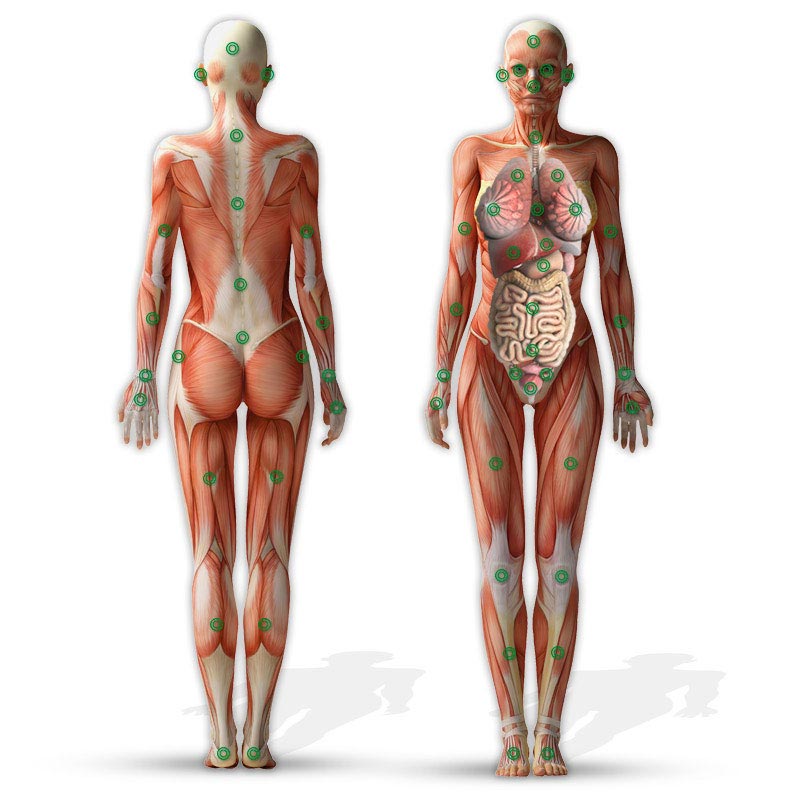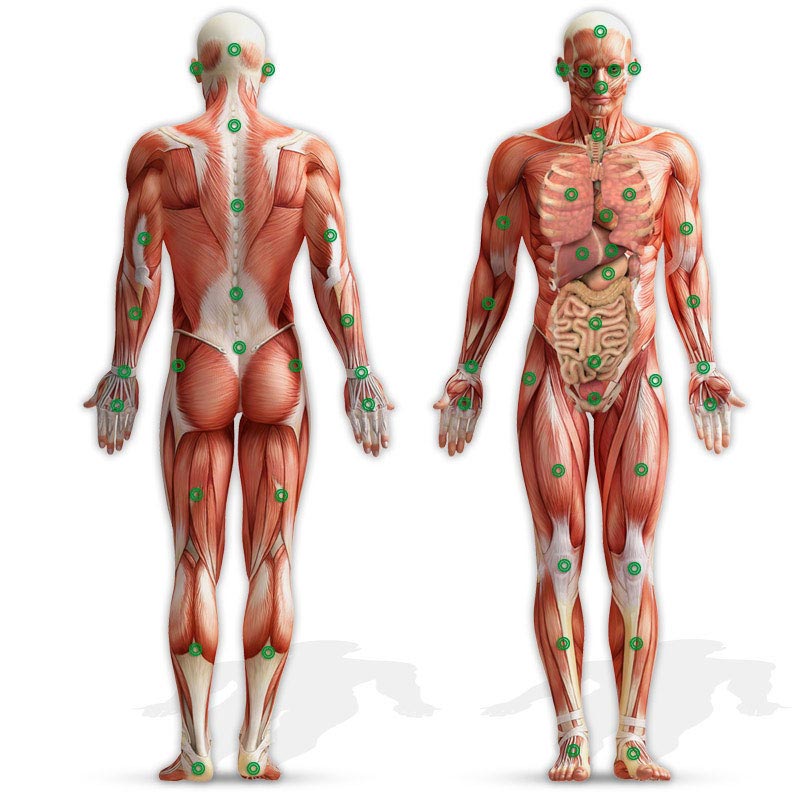Teenage Athlete with Spondylolisthesis Helped by Chiropractic
Print Article

The Journal of Contemporary Chiropractic published the results of a case study on March 19, 2025, documenting the improvement in the symptoms related to spondylolisthesis in a young adolescent athlete.
Spondylolisthesis is a condition where the front body portion of one of the bones in the spine slips forward on the bone below it. This is usually caused when there is a separation in the connecting part of the bone that holds the front and rear portion of the vertebrae together. This part of the vertebrae is known as the pars interarticularis. This separation can be genetic, age related, or caused by trauma.
In this case, the patient was a 15-year-old girl. She was a competitive softball pitcher who started having progressively worse back pain after pitching back-to-back days in a softball tournament a week prior. The pain was rated as 7 out of 10 with 10 being the worst. The girl reported that her pain was somewhat better with rest and exacerbated with activity, especially movements involving lower back extension and rotation. Her history showed no previous neuromusculoskeletal injuries and no other medical history that would have contributed to her problem.
A chiropractic examination was conducted and revealed multiple areas of muscle tightness and tenderness along the girl's lumbar spine. Her range of motion was also restricted due to muscle spasm and pain. There were no additional neurological signs or symptoms.
Initially, two weeks of conservative care with activity avoidance was tried, with little results. It was then determined that an MRI should be conducted. The results of the MRI showed that the girl did indeed have a bilateral fracture or separation of the pars interarticularis, and therefore was suffering from a spondylolisthesis. With the new information about the girl's condition, an intensive regime of specific forms of chiropractic care, patient education, and exercises were started and maintained over an initial 8-week period. The patent education involved information on short-term restrictions as well as a plan for reintroduction to sports activities over time.
After an 8-week evaluation, the study reports that there was improvement in both subjective and objective findings. The patient reported a decrease in pain from the previous 7 out of ten, down to just 1 out of ten. The girl also showed an increase in her range of motion as well as the ability to perform certain spinal movements without having any pain.
As the girl continued to improve, she was able to begin softball pitching and was again able to gradually participate in competitive softball. Over time, she was able to return to 100% of her competitive level.
Print Article



